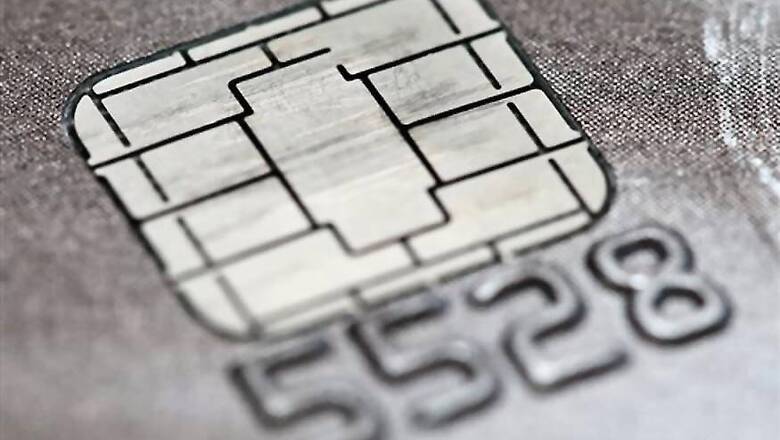
views
Scientists have developed a USD 10 microchip that can give USD 50,000 ultrasound machines many of the three dimensional (3D) imaging abilities of their USD 250,000 counterparts. The fingernail-sized microchip developed by engineers from Duke and Stanford universities in the US mounts onto a traditional ultrasound probe - the plastic scanner that slides over gel-slathered skin to relay two-dimensional images of what lies beneath. The chip registers the probe's orientation, then uses software to seamlessly stitch hundreds of individual slices of the anatomy together in three dimensions. The result is an instant 3D model similar in quality to a CT scan or magnetic resonance imaging (MRI), said Joshua Broder, associate professor at Duke, and one of the creators of the technology.
"With 2D technology, you see a visual slice of an organ, but without any context, you can make mistakes," Broder said. "These are problems that can be solved with the added orientation and holistic context of 3D technology. Gaining that ability at an incredibly low cost by taking existing machines and upgrading them seemed like the best solution to us," he said. The microchip and the ultrasound probe connect via computer cables to a laptop programmed for the device. As the user scans, the computer programme whips up a 3D model in seconds, researchers said. Researchers are testing the technology in clinical trials to determine how it fits into the flow of patient care. They believe some of the most promising uses could be when CT scans or MRIs are not available, in rural or developing areas, or when they are too risky.
Watch: Nokia 2 First Look: The New Budget Nokia Android Phone
















Comments
0 comment